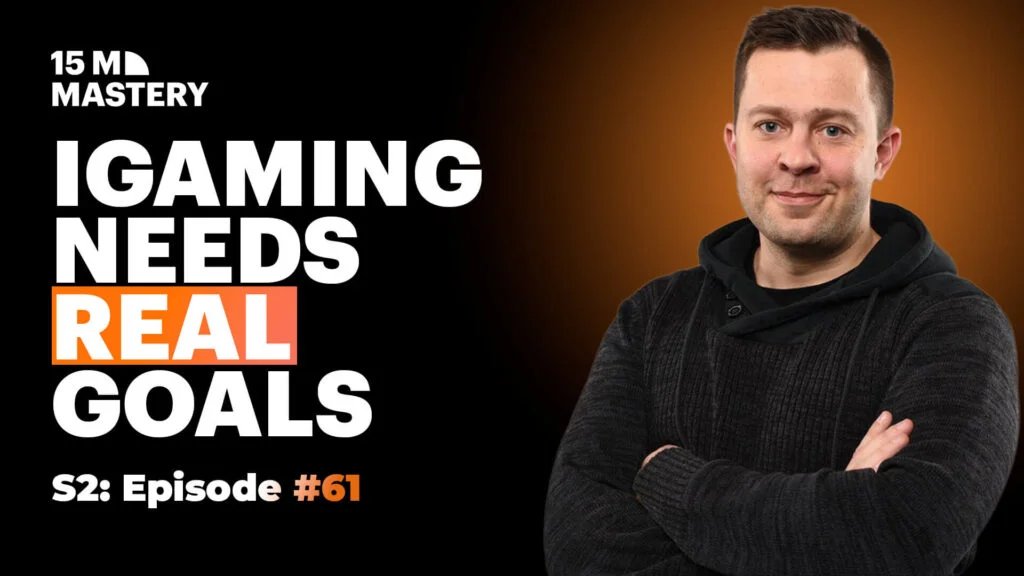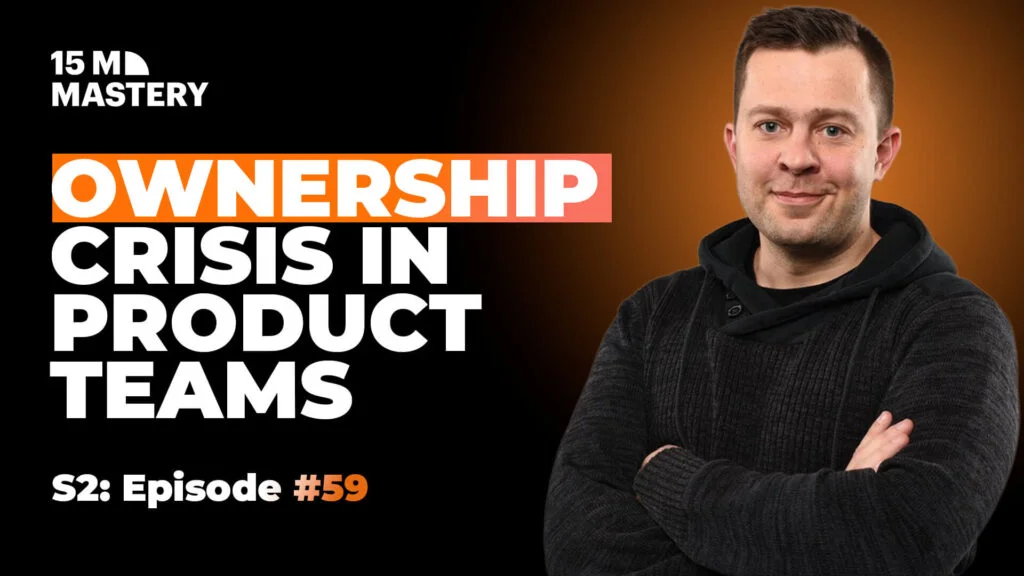From Service Delivery to Product Mastery: The iGaming Transformation Blueprint
Product executive and former Parimatch CPO Serhiy Berezhnyy has guided numerous companies through this transformation. His insights reveal why this transition proves so challenging and how businesses can successfully navigate the journey.
Why iGaming Companies Struggle with Service-to-Product Transformation
The shift from service delivery to product leadership resembles a fitness transformation. “When a person wants to lose weight, they need to change the food, change the activities, change the places, change the habits,” Berezhnyy explains. “Sometimes they even need to change friends who force them to stay in the same place.”
This analogy perfectly captures the organisational upheaval required. Service-focused teams excel within their specialised domains—whether technical development, affiliate marketing, or payment processing. They deliver excellence within clearly defined boundaries.
However, product-first thinking demands broader perspective. Teams must understand how their work directly impacts revenue generation. This requires developing expertise across 20 additional disciplines while thinking two levels higher about business alignment.
“Many people and companies prefer to be in a very safe place,” Berezhny notes. The comfort of specialisation keeps teams in familiar territory, avoiding the uncertainty that comes with broader responsibility.
Signs Your Team Is Ready for the Shift
Transformation rarely happens organically from the bottom up. Instead, readiness typically emerges in two scenarios: when leadership commits to change or when the right catalyst person joins the organisation.
One clear indicator suggests readiness: external recognition of your team’s expertise. “When people from your team are so good at their expertise that other companies come to them for consultancy,” Berezhny observes, “it means you’re at a good level and need to build other muscles.”
This external validation indicates your team has mastered their current discipline. Now they’re ready to expand their impact across the broader business ecosystem.
Moving from Task Completion to Business Outcomes
The most crucial shift involves changing what organisations reward. Leaders often complain that their teams lack initiative, yet their incentive structures reward task completion rather than business impact.
“Ask yourself what you reward them for,” Berezhny suggests. “Do you reward them for initiative? Do you reward them for making new numbers in revenue? Or do you reward them for being disciplined and detail-oriented?”
This mindset transformation starts with leadership but requires significant cultural change. Not everyone will adapt successfully, often necessitating personnel changes in key roles.
The transition creates natural tension. Moving from certainty to uncertainty feels dangerous without adequate safety nets. “If I’m safe here in my position and you ask me to do something new without giving me perception of safeness, I’ll most likely try to sabotage it somehow.”
Building Ownership in Previously Micromanaged Teams
Creating ownership in historically micromanaged teams requires following established transformation frameworks. Berezhny emphasises that successful organisational change doesn’t happen overnight or by accident.
“It requires very big commitments from everybody, from stakeholders, and patience, because it rarely happens from the first attempt,” he explains. The process resembles launching a startup within an existing company—with similar success rates.
Some organisations adopt the “innovation lab” approach. They select their top performers, remove them from daily operations, and challenge them to pioneer new approaches with full leadership support.
Balancing Experimentation with Fixed Timelines
Fixed timelines and experimentation represent fundamentally different paradigms. Fixed timelines assume you know exactly what needs doing and expect specific results. Experimentation acknowledges uncertainty and focuses on learning.
The key lies in assigning people to problems rather than solutions. “When you want people to deliver, learn, experiment, and have a roadmap based on that, assign them a problem,” Berezhny advises.
This approach transforms the work experience. “Once they succeed, they’ll never return to fixed timelines because that’s boring. Fixed timelines are a safe zone for people who want to work eight to five with no thinking required.”
Maintaining Structure While Embracing Product Leadership
Product leadership doesn’t sacrifice discipline—it redirects it. “Product-led is disciplined. Product-led is structured. But structured alongside different pillars and core values,” Berezhny clarifies.
Traditional structures focus on timeline delivery without measuring outcomes. Product-led organisations maintain rigorous discipline around problem identification, solution validation, and impact measurement.
This requires deeper connection between problems, target segments, solutions, and iterative improvements. “It’s very clear and easy to think in terms of budgets rather than problems and outcomes. That creates tension.”
The Path Forward
Successfully transitioning from service delivery to product mastery demands fundamental shifts in thinking, incentives, and organisational structure. While challenging, this transformation unlocks sustainable competitive advantages that pure service delivery cannot match.
The journey requires patience, commitment, and often new personnel in key positions. However, organisations that successfully navigate this transition position themselves for exponential growth in an increasingly competitive market.
Start by examining your current reward structures. Are you incentivising task completion or business outcomes? The answer will reveal how far your transformation journey needs to go.



